“Sensory play” is often called “messy play” and is one of those things that tends to get thrown into the “too hard basket” much of the time because it is misunderstood. Basically, sensory play is just play that encourages children to use one or more of their senses such as sight, sound, smell, touch, taste, balance, and movement. What’s more, it appeals to children of all ages!
Why does it matter?
Young children in particular rely on sensory input to learn about their environment. Sensory play helps them build the neural connections (pathways in the brain) that support thought, learning and creativity. It also supports their language development, cognitive growth, fine and gross motor skills, problem solving/reasoning and social interaction.
Many parents (and grandparents) may scoff, “I never had sensory play as a child and i turned out fine”. The thing is, most of us actually had lots of sensory play opportunities growing up without even realising it. That’s because back then it was just called playing outside.
The fact is children today spend much less time playing outside compared to what their parents and grandparents did. Therefore they are missing out on so many of the wonderful opportunities for naturally occurring sensory play that we had. As a result, we have to be mindful of providing other kinds of opportunities for children to meet these sensory needs.
So how do we do it?
If you have a quick look at Pinterest you will find some amazingly elaborate sensory play ideas. If you have the time, patience and resources for that go right ahead. All power to you! If on the other hand you’re looking for some “less is more” types of ideas you’re in luck! Here are some simple ideas that don’t require much time or effort to set up and won’t break the bank…
Play with sand, mud, water, shaving cream, uncooked rice, dried or cooked pasta, dried beans or lentils, etc. Try to give your child a variety of containers, kitchen tools, and small toys for your child to explore with and try out some scientific processes.
Make music. Use child-sized instruments (or make your own by banging wooden spoons on pots and pans, or shaking containers of rice) to encourage participation and engage multiple senses.
Add essential oils or extracts to play dough and compare all the different scents as you play.
Pick out a variety of fruits and vegetables (try to choose some that are new to your child). Have a “sensory picnic” where you encourage your child to touch, smell, taste, and play with all the different produce. Remember that the main purpose is to explore so let them squeeze and squash to their heart’s content!
Go to the park. There are so many opportunities for sensory input when climbing around on playground equipment!
Go for a walk. Let your child stop and pick up leaves, sticks, rocks, shells or whatever else interests him/her. Let them bring some of their “treasures” home to make a collage, or just simply to show to another family member.
Encouraging speech and language skills through sensory play…
As children engage in sensory play, they are gaining valuable, hands-on input about the world around them. When you talk with your child about what they are doing, seeing, hearing, feeling, smelling or tasting you are providing language stimulation in a meaningful context, which is crucial to early language learning.
It doesn’t need to be complicated to be valuable. For example, you can boost your child’s vocabulary by using lots of different verbs (such as “dripping”, “splashing”, “squeeze”, “twist, “stretched”, “poked”) to talk about what is happening. You can extend your child’s knowledge of categories by brainstorming different kinds of insects when you see a snail on your walk through the garden. You can even help your child practise following instructions by doing an obstacle course in the park.
Remember…
Sensory activities don’t have to be fancy to facilitate and naturally encourage children to play, create, investigate and explore. Spending time stimulating their senses helps children develop cognitively, linguistically, socially and emotionally, physically and creatively. All you need to do is keep it simple and have fun!
Don’t forget to Like Modern Speechie on Facebook for more information and tips to help your child be the best communicator they can be!

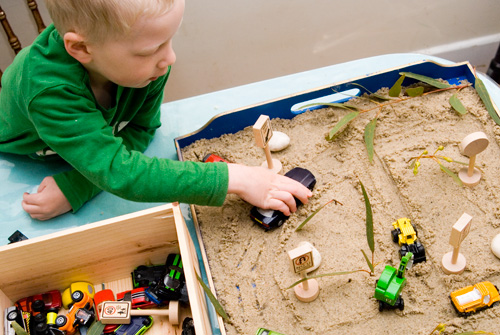
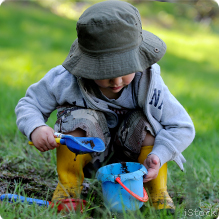
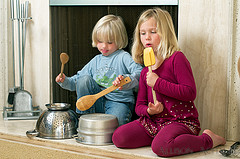
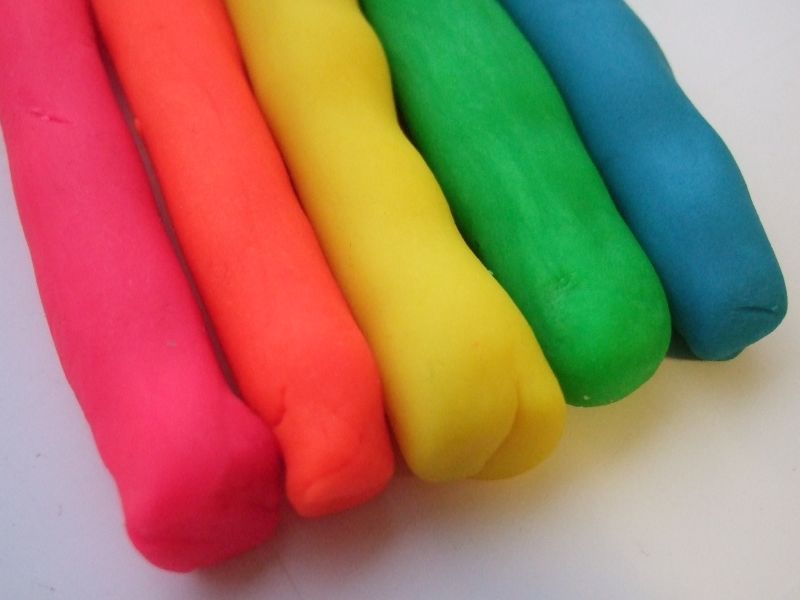
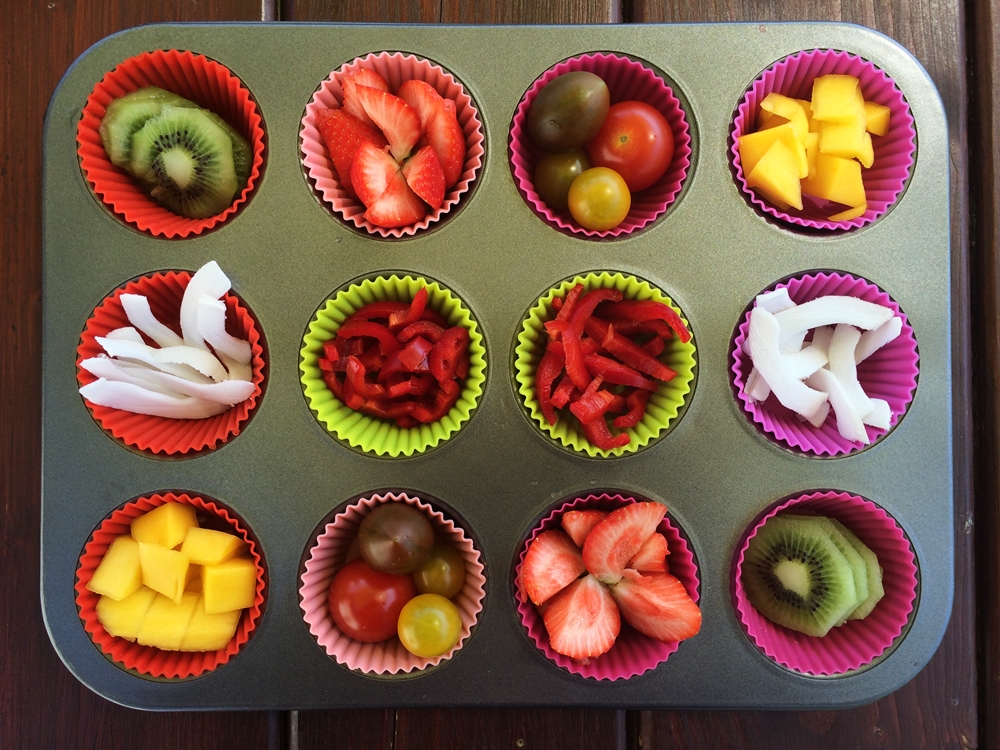
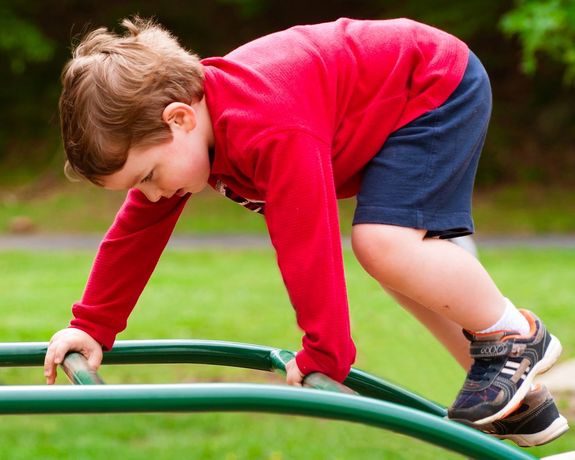

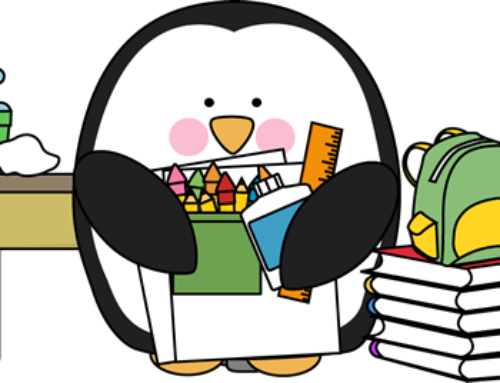


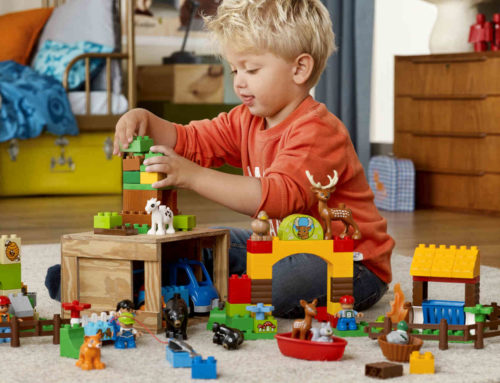

Leave A Comment